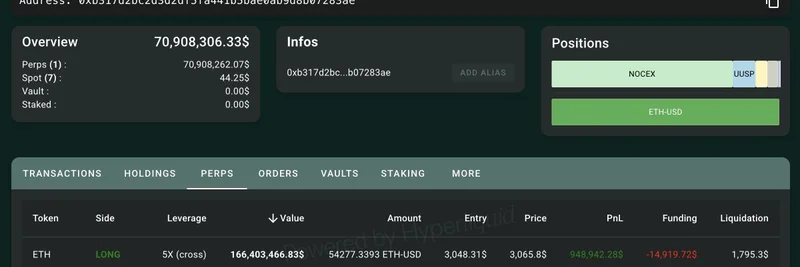In the ever-evolving world of blockchain, one persistent challenge has been high-performance storage. Blockchains are getting faster, oracles are reliable, and cross-chain messaging is seamless, but without robust decentralized storage, true execution often remains stuck in centralized silos. That's where Jump Crypto steps in, partnering with Aptos Labs to build Shelby—a game-changing solution aimed at bridging this gap.
Jump Crypto, known for their expertise in building scalable infrastructure, recently announced Shelby via a detailed thread on X. As they put it, storage is the "missing layer" in the blockchain stack. This new project combines the Aptos blockchain for coordination, RPC nodes for user access, and dedicated storage providers to handle the heavy lifting of data management. The result? Decentralized storage that performs at cloud-like speeds, making it practical for real-world applications.
But can a decentralized system really compete with giants like AWS or Google Cloud Platform on price while keeping node operators in the green? According to Jump Crypto's analysis, the answer is a resounding yes—with the right design choices. Shelby optimizes efficiency across the board. For instance, it uses a replication factor of just 2, compared to 4.5 or higher in many Web3 data availability (DA) solutions. It also incorporates erasure coding, a technique that ensures data durability without unnecessary bloat, similar to how RAID systems protect against failures in traditional storage.
Incentives are aligned smartly too. RPC nodes earn from read fees, potentially handling around 324TB per month per node, while storage providers profit from both storing and serving data. Jump Crypto's cost modeling shows reads at about $0.014 per GB and writes under $0.01 per GB per month—figures that stack up favorably against centralized providers. For more on the nitty-gritty of this model, check out their in-depth write-up here.
Drawing from over 25 years of experience managing petabytes of data at Jump Trading, the team behind Shelby brings battle-tested know-how to blockchain. They've applied similar expertise in projects like Firedancer for Solana's throughput, Wormhole for cross-chain messaging, Pyth Network for oracles, and DoubleZero for networking. Shelby fits right into this lineup, offering sub-second access times, programmable data layers, and no gatekeepers—empowering developers to build without constraints.
What makes Shelby particularly exciting is how it scales with usage. As read rates increase, users save more compared to AWS, and providers earn more. It's a win-win for frequently accessed data, which is crucial for applications like DeFi, NFTs, or even meme token ecosystems where quick data retrieval can make or break user experience.
Jump Crypto has a track record of tackling ecosystem bottlenecks head-on, from oracles to messaging and now storage. With Shelby, they're not just talking about decentralization—they're making it economically viable and performant. If you're a blockchain practitioner looking to level up, keep an eye on this. It's time to build, as they say. For the full thread, head over to X here.



